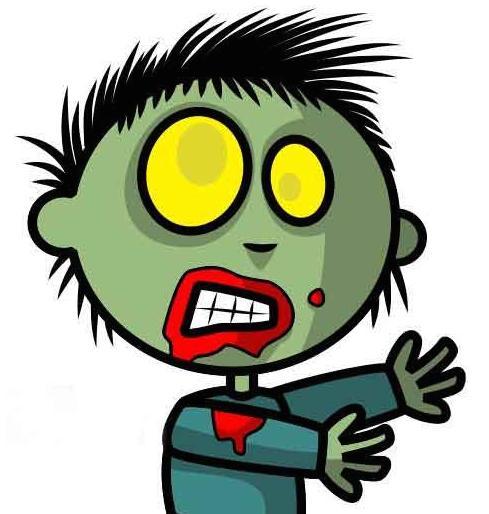
More Ways to Not Get Brainwashed
In the first part of this article, we discussed the situations where well-known chess rules can be successfully ignored.
On the other hand, the classical rule that you should develop your pieces in the opening as quickly as possible is not easy to bend. Moreover, if you need to choose one rule to follow blindly, then it should be the rule about the rapid development in the openings. And yet, you should be aware of the exceptions to this rule.
The first time when I personally started questioning this rule was in the beginning of 1980s, when as a freshly minted first category player, I couldn't help but notice the enourmous popularity of the so-called "poisoned pawn variation" of the Najdorf Sicilian.
Indeed, look at the main position of the variation:
White has an overwhelming advantage in the development and more space, while all Black's pieces look miserable.
Who would suffer like this for just a pawn?
How many tries did you have before you guessed Petrosian's move correctly? Five, seven? And yet Black's paradoxical move actually helps his development since now the Ng8 can get back into the game!
Here is how the game ended:
Or look at the position on the next diagram:
The difference in the development cannot be more dramatic, so Black must be losing, right? Wrong! In fact Black's position should be preferred since he has a clear plan of attack on the queenside, and White's a5 pawn is very weak. Here is how the game continued:
Finally, look at the position from a game between two modern super grandmasters. White has a very strong center and much better development. For the first eight moves, Black only pushed his pawns and moved his queen back and forth.
Sure enough one of the greatest attacking players in the world - Alexey "fire on board" Shirov -- punished his opponent for such liberty, right?
I like this game a lot, since Black's counterattack was very quick and deadly.
In conclusion, let me assure you that the old rule about quick development is still valid and you almost cannot go wrong by following it. Yet remember that as I mentioned in the first part of the article, there are no rules in chess written in stone, and this is what makes chess so fascinating!
RELATED STUDY MATERIAL
- Check out GM Serper's last article: Don't Get Brainwashed!
- Watch GM Sam Shankland's video on how Kasparov handled the poisoned pawn.
- Take a lesson on the poisoned pawn in the Chess Mentor.
- Practice staying alert in the Tactics Trainer.
- Looking for articles with deeper analysis? Try our magazine: The Master's Bulletin.



